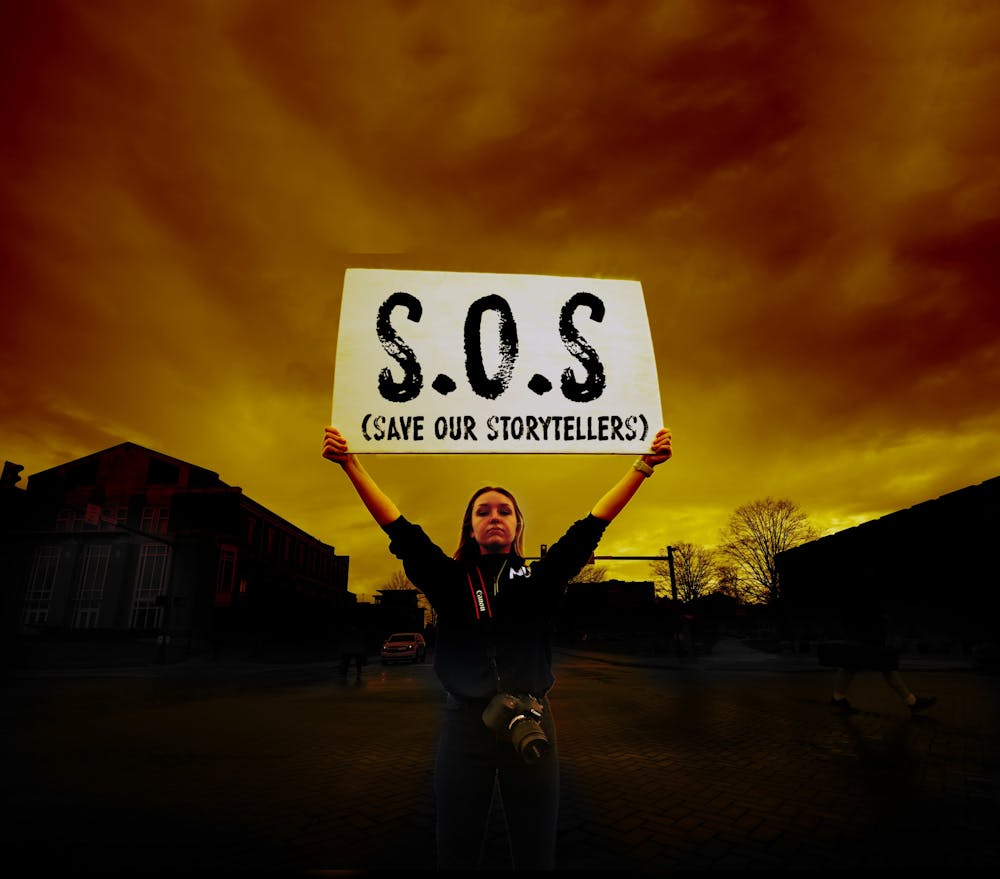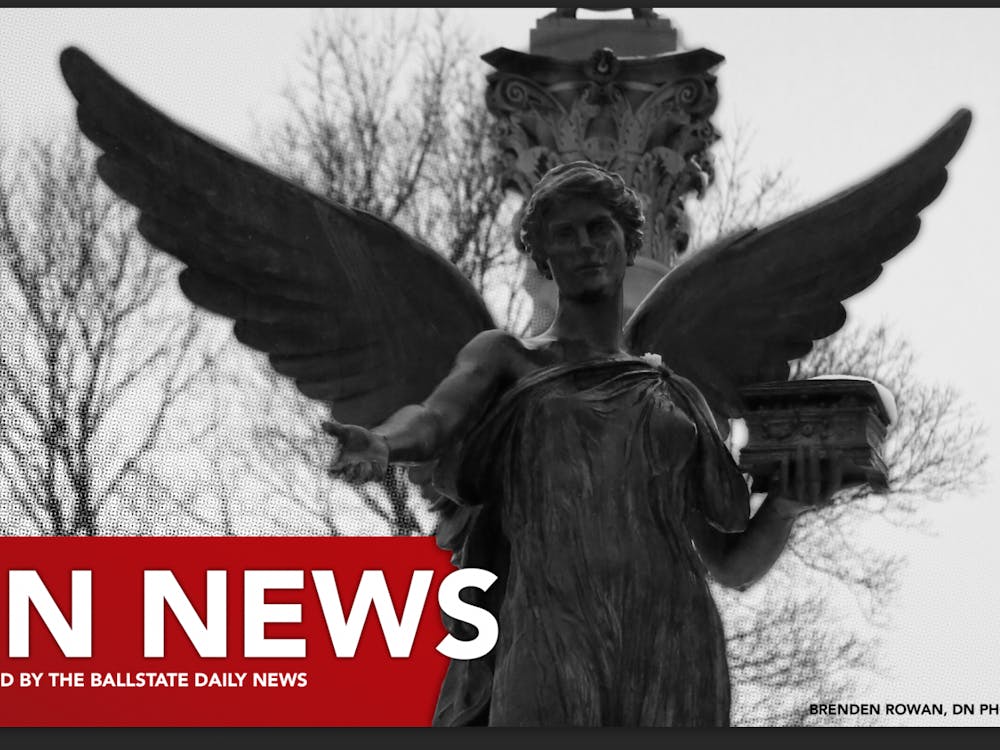Grace Bentkowski is a sophomore news major and writes “Discussing The Hypotheticals” for The Daily News. Her views do not necessarily reflect those of the newspaper.
It was a gray day outside my kitchen window in December 2019 when the news caught my attention. I was grabbing my lunch box out of the refrigerator, about to leave for school during my senior year; I was headed to Ball State University to pursue a degree in news the next fall.
One of the stories on WGN-TV that morning before I headed out the door was jarring: “Runner who smacked reporter’s backside on air arrested, charged.”
It was a shocking script to hear. It was even worse footage to see.
For many workers, no matter the field, there are always risks while “being on the job,” but knowing sexual harassment was going to be a risk in my career one day frightened me. I shrugged it off, though, because I knew my love for journalism would trump any fear in my way.
But then it got worse.
A little more than two years later, in 2021, another Today Show headline caught the public’s attention in January: “Reporter hit by car in the middle of liveshot – and keeps reporting,” just as I was preparing for another semester of NewsLink Indiana, Ball State’s student newscast.
I had read the article and watched the footage, and what astounded me most was that the reporter, Tori Yorgey, had been hit by a car before under the same circumstances while in college.
Even a week ago, amidst the violence in Ukraine, I read a story on air that made my heart heavy: “Two Fox journalists killed in Ukraine, underscoring dangers.” When the news broke, Fox News Media CEO Suzanne Scott said it was a sad day for “all journalists risking their lives to deliver the news” in an online AP article.
While these three instances became top stories, what about all of the other times reporters were put in situations that challenged their safety that were swept under the rug? We salute journalists like freelancer Stella Paul, who faced scrutiny for exposing human trafficking for her coverage in India in the early 2010s. We remember journalists like James Foley, who lost his life in 2014 reporting news in Syria’s battle zone. We support the journalists who continue to serve a world in need of news 24/7, but what do we do to protect them?
According to the United Nations Educational, Scientific and Cultural Organization (UNESCO), these situations are “attacks on media professionals [which] are often perpetrated in non-conflict situations … making local journalists among the most vulnerable.” In 2020, only 13 percent of crimes involving journalists were considered “resolved” in a report from UN News.
I was curious to see if the numbers break down any further. They do.
UN News states that out of different types of journalists, “television journalists constitute the largest group among the victims,” from data spanning over 2018 and 2019. Poynter shared 2020 reports from the Radio and Television Digital News Association (RTDNA), which revealed “one in five television news directors reported attacks on employees.”
With that logic, of the five employees you see, watch or personally know who work for a news station, at least one of them has been attacked in some form.
Just like it happened to Yorgey in school, these experiences are not limited to the “real world.”
On camera, I’ve caught distant shouts and whistles coming from cars as I filmed on the side of the road. I’ve been flipped off while recording on multiple occasions. I’ve been followed around and verbally harassed at events, no matter the type, as a student journalist.
In the moment, I brushed all those interactions off because I was preoccupied doing what I came to do. Compared to other stories I’ve heard, what I’ve faced as a student journalist hasn’t been “that bad.” Isn’t it awful to imagine what other, more severe incidents have put journalists in uncomfortable and unsafe positions while they're on the clock?
The truth is, we put journalists in those positions every day.
I remember scrolling on Twitter one day and stumbled across a meme that read: "The highest honor in journalism is to be killed by the government." It can’t truly be much of an honor if UNESCO states that only one out of 10 cases regarding the death of journalists are solved.
While some organizations are making the effort to make journalists feel safe, like the Commitee to Protect Journalists and International Federation of Journalists, I believe more actions should be taken by larger entities, like the government and public, in order to create a secure environment for journalists to work in. That would be an honor enough.
Saving our storytellers, regardless of the narrative, should be a priority – no matter the medium and no matter the company they represent. Passion will always trump fear, but safety while doing so should never be in question.
Contact Grace Bentkowski with any thoughts or comments at gmbenkowski@bsu.edu or on Twitter @GBentkowski.





